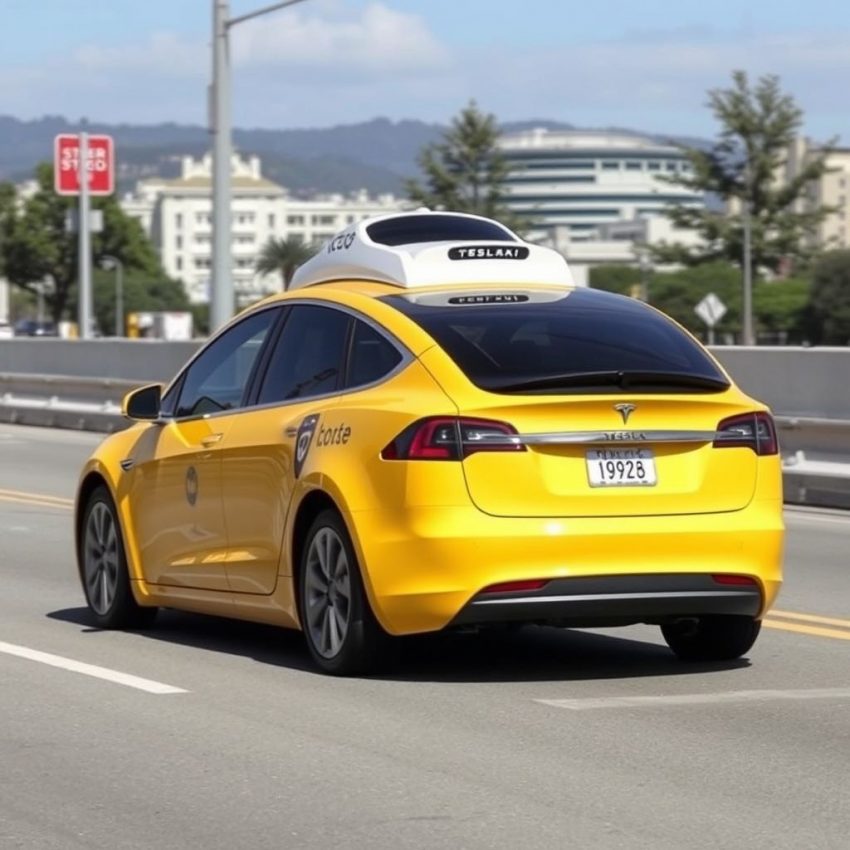Tesla's RoboTaxi Dreams in San Francisco: A Hill Too Steep to Climb?
Tesla's ambition is legendary. Elon Musk has repeatedly promised a future dominated by autonomous vehicles, and a key component of that vision is a robotaxi network. San Francisco, a city known for its notoriously challenging driving conditions, was seemingly chosen as the next proving ground. But the road to robotaxi utopia in the City by the Bay is proving far bumpier than anticipated. Let's examine the obstacles standing in Tesla's way.
The San Francisco Challenge:
San Francisco presents a unique and formidable challenge for autonomous driving technology. Forget perfectly straight, predictable highways. The city boasts:
- Aggressive Driving: San Franciscans are known for their… spirited driving style. Unexpected lane changes, aggressive merging, and a general disregard for traffic laws create a chaotic environment that's difficult for even the most sophisticated AI to navigate.
- Complex Road Network: Steep hills, narrow streets, unpredictable turns, and countless one-way streets create a navigational nightmare. Add to that cable cars, cyclists weaving through traffic, and pedestrians seemingly oblivious to their surroundings, and you have a recipe for algorithmic anxiety.
- Unpredictable Weather: Fog, rain, and sudden shifts in sunlight drastically impact sensor performance, making it difficult for autonomous vehicles to accurately perceive their environment.
- Construction and Road Closures: San Francisco is a city constantly under construction. Unexpected road closures, detours, and lane shifts are commonplace, further testing the adaptability of self-driving systems.
Tesla's Current Hurdles:
Beyond the inherent challenges of the city itself, Tesla faces specific hurdles:
- Regulatory Hurdles: Obtaining the necessary permits and approvals from the California Department of Motor Vehicles (DMV) and city officials is a significant hurdle. The DMV has a strict regulatory framework for autonomous vehicles, and Tesla's track record of safety incidents hasn't exactly helped their case.
- Public Perception: Public trust in autonomous vehicles is still fragile. High-profile accidents involving self-driving cars have eroded confidence, and the potential for accidents in a complex environment like San Francisco only amplifies these concerns. Convincing the public that robotaxis are safe and reliable is crucial for widespread adoption.
- Technological Limitations: While Tesla's Full Self-Driving (FSD) beta program has made strides, it's far from perfect. Videos showcasing FSD's struggles in San Francisco's challenging conditions have gone viral, highlighting the limitations of the current technology. Achieving truly reliable autonomous driving in such a complex environment requires significant further development.
- Competition: Tesla isn't the only player in the autonomous vehicle game. Other companies are actively developing their own robotaxi solutions, and the race to market is fierce.
The Road Ahead:
Tesla's ambition to deploy robotaxis in San Francisco is ambitious, to say the least. Overcoming the regulatory, technological, and public perception hurdles will require significant effort and investment. While the future of autonomous vehicles remains promising, the reality is that widespread adoption in a city as challenging as San Francisco is likely still years, if not decades, away. Whether Tesla can navigate these obstacles and successfully bring its robotaxi vision to fruition in San Francisco remains to be seen. The journey promises to be long and winding.
Don’t miss out on this exclusive deal, specially curated for our readers!
This page includes affiliate links. If you make a qualifying purchase through these links, I may earn a commission at no extra cost to you. For more details, please refer to the disclaimer page. disclaimer page.

